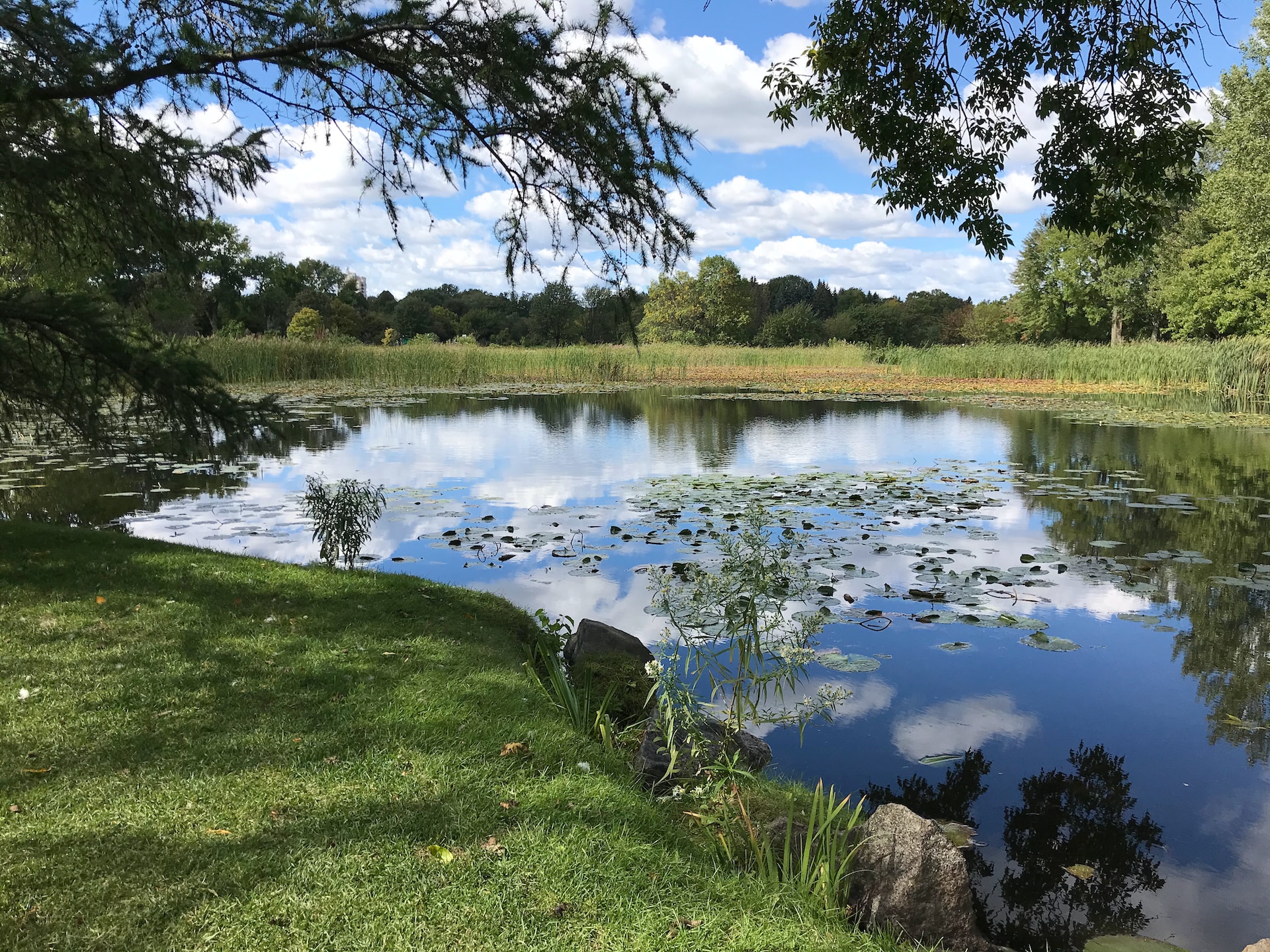
A picturesque pond can be a delightful addition to any outdoor space, offering tranquility and beauty. However, to maintain a healthy pond ecosystem, it’s essential to address the issue of algae growth. Algae, while a natural component of aquatic environments, can quickly overtake a pond, disrupting the delicate balance of the ecosystem.
A healthy pond ecosystem is a delicate interplay of various factors, including aquatic plants, fish, microorganisms, and water quality. Algae, although a crucial part of this ecosystem, can become problematic when their growth spirals out of control. Excessive algae growth can deplete oxygen levels, hinder the growth of beneficial plants, and make the pond water appear murky or discoloured. By maintaining a balanced pond ecosystem, you ensure the well-being of all its inhabitants and create an inviting outdoor space.
Incorporating a variety of aquatic plants offers multiple benefits. Plants compete with algae for nutrients, helping to limit their growth. Moreover, they release oxygen during photosynthesis, promoting a well-oxygenated environment for fish and other aquatic organisms. Consider adding submerged plants like Anacharis and Hornwort, which are particularly effective at nutrient absorption.
Maintaining a healthy pond ecosystem requires a proactive approach to managing algae growth. By incorporating a combination of natural methods like optimizing sunlight exposure, introducing aquatic plants, maintaining proper filtration, controlling nutrient levels, using barley straw, introducing beneficial bacteria, and performing partial water changes, you can effectively curb algae proliferation. Remember that patience is key; these methods may take time to yield noticeable results. With consistent efforts, you can restore your pond to its natural beauty and enjoy a harmonious aquatic haven for years to come.
Main photo: Goulet Isabelle/unsplash.com
Sponsored text